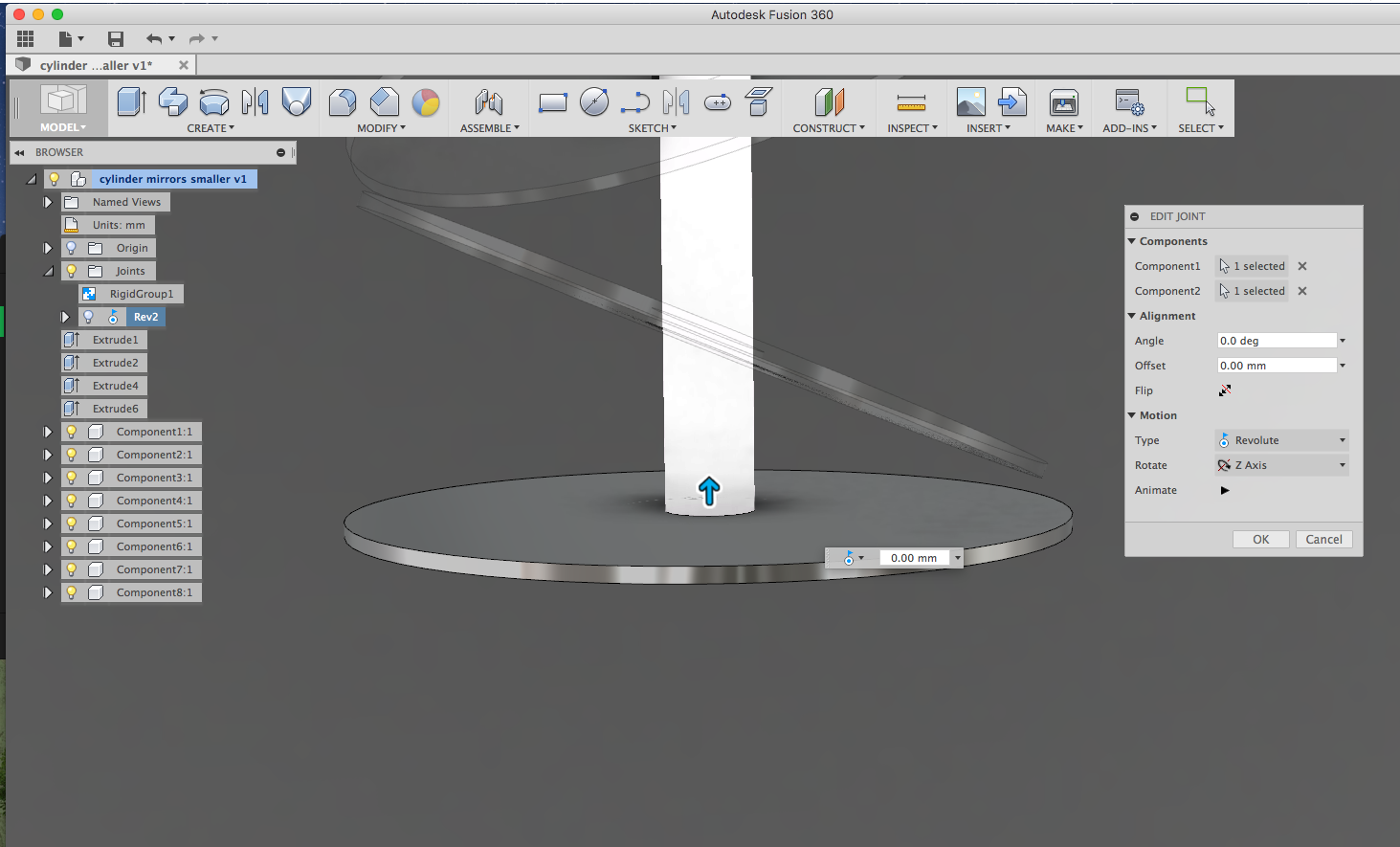


On the other hand, the blender was launched in 1998, and the users had formed a community to solve the issues of users. Therefore, the support is done from its documents themselves. Fusion 360 was launched in 2013, and Autodesk itself maintains its documents.Probably the simplest is to download the stx_tools collection from Reactor and use stx_Loopzilla, which does a relatively simple optical flow-based cross-dissolve.Īh thanks man your a legend as always.I will look into those options for sure.Some of the key differences between Fusion 360 vs Blender are given below: Be careful-scaling might not work like you expect since the canvas will be filled with repeats of the image.īryan Ray wrote:There are a few ways to create looping animations, depending on the content. If your animation is based on sliding textures, then you can activate the Mirror or Repeat edge mode on a Transform, slide it so you can see both the horizontal and vertical seams, then paint a smooth transition over them. If it's difficult to detect an inflection point (the spot at which stuff changes direction), you can just ping-pong it with a TimeStretcher.

This is, I believe, how Adobe's FractalNoise filter works. A FastNoise's Seethe is based on a 3d noise field through a planar slice on the Z-axis (toward or away from the camera.) If you instead rotate the FastNoise based on a pivot point well outside the sampling plane, you'll get a loop when it comes back around to 360 degrees. If your animation is FastNoise based, I posted a little tidbit a few weeks ago about using the FastNoiseTexture tool and rotating it. Probably the simplest is to download the stx_tools collection from Reactor and use stx_Loopzilla, which does a relatively simple optical flow-based cross-dissolve. There are a few ways to create looping animations, depending on the content.


 0 kommentar(er)
0 kommentar(er)
